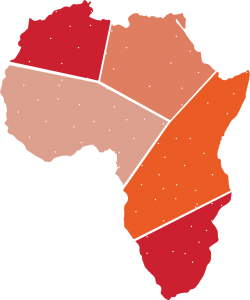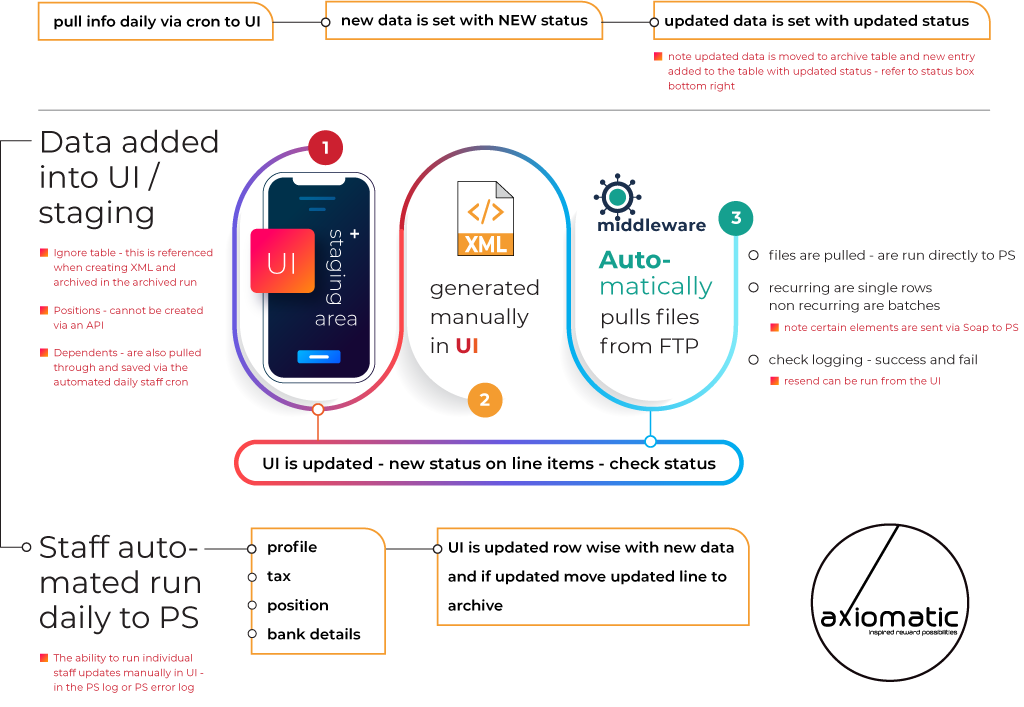Zimbabwe ZiG Currency
Zimbabwe ZiG Currency

ZIMBABWE, WHAT THE #@*^ IS GOING ON and WHAT’S A ZiG?

The previous currency, the ZWL, commenced trading in 2019 at 2.5 to the US$ and by April 2024 had depreciated to 30,718. The depreciation was pronounced over the last year, where it slumped from 977 in April 2023 to 30,718 in April 2024.

The government has introduced several measures to shore up the currency’s slide. Gold coins have been introduced, monetary policy tightened, and this is the 6th iteration of the currency; all to no avail. So, a new currency has been introduced- meet the ZiG – short for Zimbabwe Gold. The ZiG will be fully anchored and backed by a basket of reserves. Initially this will comprise of 2.5 tons of gold and $100m foreign reserves.
The authorities have effectively revalued the Zimbabwe currency from more than 30,000 per US dollar to 2,500.
Interesting, the ZiG started trading on Monday 8 April 2024 at 13.56 to the US$ and has remained steady and in fact has strengthened slightly, with the last available price of 13.41 to the US$. This is both surprising and welcome, given that the US$ has been strong against all other currencies. There does appear to be some cautious optimism regarding the new currency. If the currency continues to be backed by reserves, which will restrict the government’s ability to indiscriminately print money, it will curb money supply (M1), reign in credit extension and ultimately temper future inflation (see below).
Most of the financial institutions linked to national payments platform Zims witch, are now able to process ZiG payments, to transfer funds in the unit and bank cards work at ATM’s. Importantly, banks will automatically convert all ZWL balances to ZiG at 2,498.7242
However, the biggest problem is that the physical ZiG notes are not yet available; they will only be circulated by 30 April. The central bank has stated that the old ZWL notes will remain legal tender until the end of the month. However, the ZWL notes are being rejected by many retail stores and traders as they are unconvinced that they will be able to deposit the ZWL notes with banks until 26 April 2024 deadline.
We are of the opinion that the ZiG, if the value remains relatively stable, will gain acceptance. However, cognisance must be taken of the fact that between 80% to 85% of the transactions in Zimbabwe are executed using US$’s. This US$ dominance will continue and while the said percentage may reduce over time, the US$ will remain the “currency of choice” well into the future. The Governor of the Reserve Bank recently stated (hoped) that, “It is my wish that if we get to the year (end) at 70-30, next year 60-40, the year after 50-50”.
For our clients, there are some additional considerations:
Where employees are paid in US$’s, nothing will change.
Where employees are paid in local currency, in April they will have to be paid in ZiG. The Minister recently clarified that civil servant payments this month would be paid electronically in ZiG. Further, all future payments to ZIMRA in respect of PAYE must be made in ZiG. There are however two complications:
- ZIMRA have not published ZiG tax tables and if no announcement is forthcoming, we suggest that the current ZWL tax tables are divided by 2,498.7242.
- If pay day is the 25th, employees will not be able to withdraw ZiG notes until the 30th.
Originally inflation was measured by surveying a basket of goods based on ZWL prices.
A household survey by ZimStat in January 2023 found that 76,56% of people’s spending was in US$, with just 23,44% in ZWL. The Reserve Bank of Zimbabwe (RBZ) then decided to measure inflation using an arithmetic blended weighted average of items priced in ZWL and US$’s.
In September 2023, ZimStat announced it had adopted a “geometric aggregation method” of calculating inflation and not the arithmetic blended weighted calculation, which it adopted in February 2023
Given that there will no longer be a ZWL basket of goods, one can only presume that a new geometric method, using a ZiG basket of goods, will be produced.
Who knows what the correct inflation rate is?
Inflation is an integral input factor into salary increase deliberations and any “new” inflation rate will only lead to additional complications.

Already, and without the complication of a new currency, Comp and Ben practitioners have struggled to determine what inflation rate should be used when considering salary increases.
Assume we “believe” the latest inflation rate of 55.3% and the company is:
Those of us that have been exposed to Zimbabwe are by now expert dodgers and this new development simply reiterates that we need to keep our eye on the ball, be flexible and pivot when necessary.
Zimbabwe ZiG Currency Read More »























